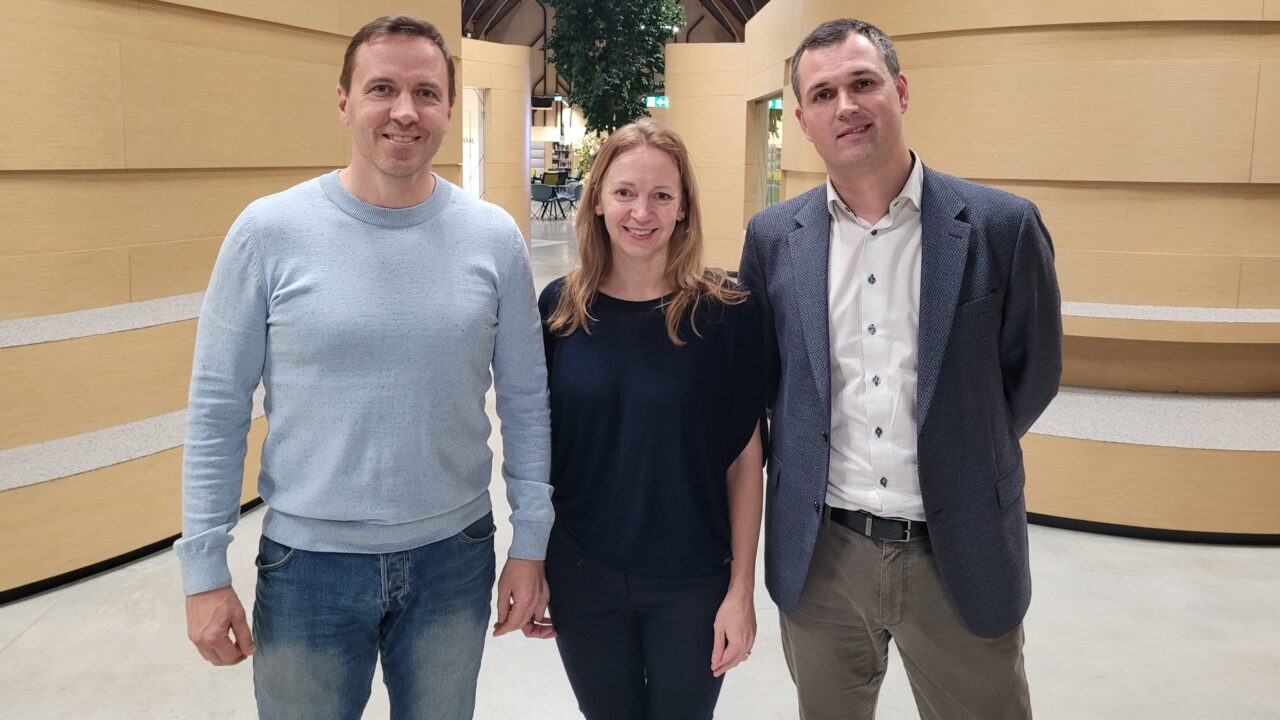Entrepreneurs: confidence invites economic growth

Although the last quarter of the year surprised businesses and analysts with economic growth, businesses are cautious about counting out new growth from it. Before that can happen, confidence needs to be restored among businesses and individuals.
“It looks like we are at the bottom. But I wouldn’t be very optimistic about what will happen next,” explained Rain Siemer, head of Rahva Raamat ,on Äripäev radio’s programme “Tööandjate tund”.“The overriding emotion is still fear and uncertainty, and this affects all decisions and consumer choices. You have to work twice as hard to get the same results as a few years ago.” While traders are making an effort to look for new opportunities, he says the year is going to be a challenging one, with few traders expecting volume growth.
More than half of the business leaders who responded to the “Gone with the Wind” economic conference said that the bottom of the recession is not yet in sight. A year ago, the drivers of the Estonian economy were much more optimistic and most expected growth.
Constant change keeps turbulence at bay
The confidence of Estonian people and businesses has been lower than that of their neighbours for a long time. Mihkel Loorits, head of KC Energy, part of the Kaamos Group , said there was no point in expecting economic growth before this changed.
“We have been stuck in a pattern since the corona crisis. We have had to react quickly to unknown situations, one fire after another. This behaviour has been continued by the public in the same way with tax increases and law changes, which keeps the turbulence afloat and fuels instability,” he explained. “We can’t go to economic growth before we settle down, no matter how high the exit price rises or how well we are able to cover changing costs.” The expected moment of calm could come after the end of the tax festival, he said.
He was joined by almost half of the business leaders at the “Gone with the Wind” conference who assessed that the most critical issue for economic competitiveness today is the government’s fickle policies.
No need to intervene in a functioning market
Tuuli Pärenson, CEO of IT company GoFore and member of the board of the IT Association, stressed that the role of the state in the economy is to create stability. “You have to be able to choose wisely when the market is working and then not intervene. Businesses have been quite critical of some of the choices,” she explained.
For example, Loorits and Pärenson identified two areas that need longer-term foreseeable decisions from the state – energy and alleviating labour shortages. “The main problem is the volatile price of electricity, which has not come down,” explained Loorits. For Estonian industries, the final price of electricity has been 2-3 times more expensive than in Finland. Loorits therefore recommends, for example, thinking out of the box when it comes to renewable energy subsidies – not supporting production, but demand, or consumers.
“If there is demand in the market, there will be supply. If the support is targeted at the consumer, it will ensure price stability. The consumer and the producer can certainly work together,” he explained. “In particular, if domestic renewable generation is expected to cover domestic electricity consumption.”
Recruiting foreign workers must become easier
According to Pärenson, in order for IT companies to be internationally competitive, labour policies need to be rethought. “The working-age population is shrinking and getting more expensive, the population is ageing,” he recalled. “It is true that the IT sector is in a special status and can bring top experts to Estonia outside the quota. Those who have been through the process understand that you can. But then, if we really, really, really, really, really, really, really want to. And then the accountability will follow. This is not a one-sector concern.”
In addition, the state can leverage exporting companies, Pärenson said. “The more the state buys services from the market, the more companies get a reference with export potential,” he explained. “Every time the state thinks about doing it itself and hiring a worker, it should check if maybe it could get the service from the market. This would empower entrepreneurs.”
Let the investor say what attracts him
He also said that more clearly set priorities would support the economy. “With quite a lot of initiatives, you should ask whether it is really needed. If the goal is stability, sometimes it is wise to do less,” Pärenson said. “Any initiative that increases the reporting burden on companies must be clearly justified. An entrepreneur can’t do business by doing reporting.”
It is also worth using the experience of entrepreneurs who have made it in the world and are operating here to make the economic space attractive for investment, says Rain Siemer. “This should not be too difficult. Invite them to the table, write down the criteria they use to decide where to invest and why, and use that as a basis for analysing what package to put together for the investor,” he explained. “Their answers will tell us what needs to be done.”
Listen to the “Employers’ Hour” programme here.